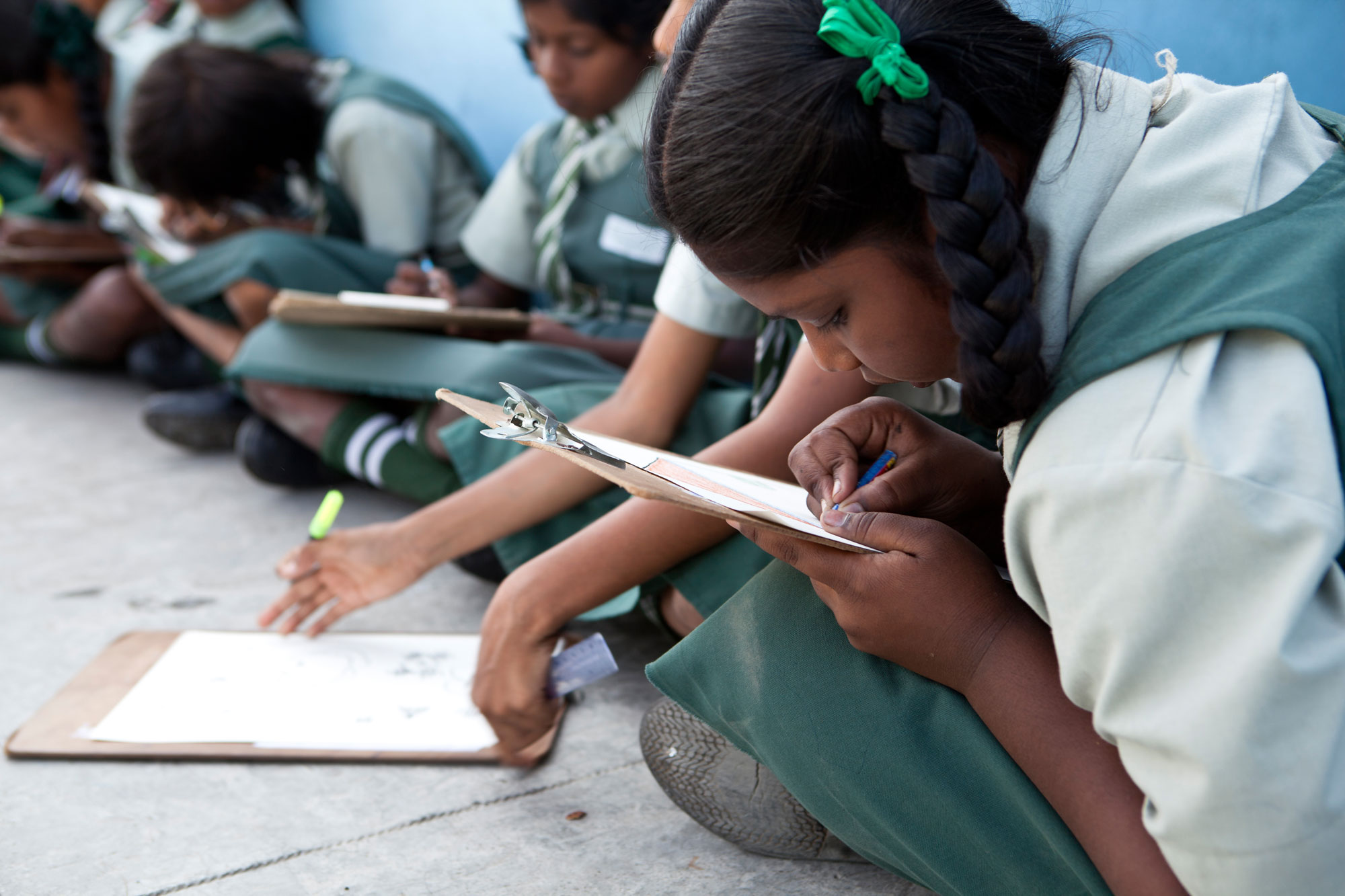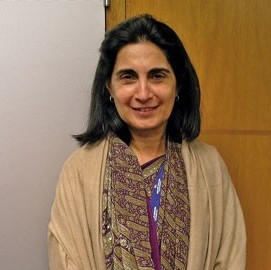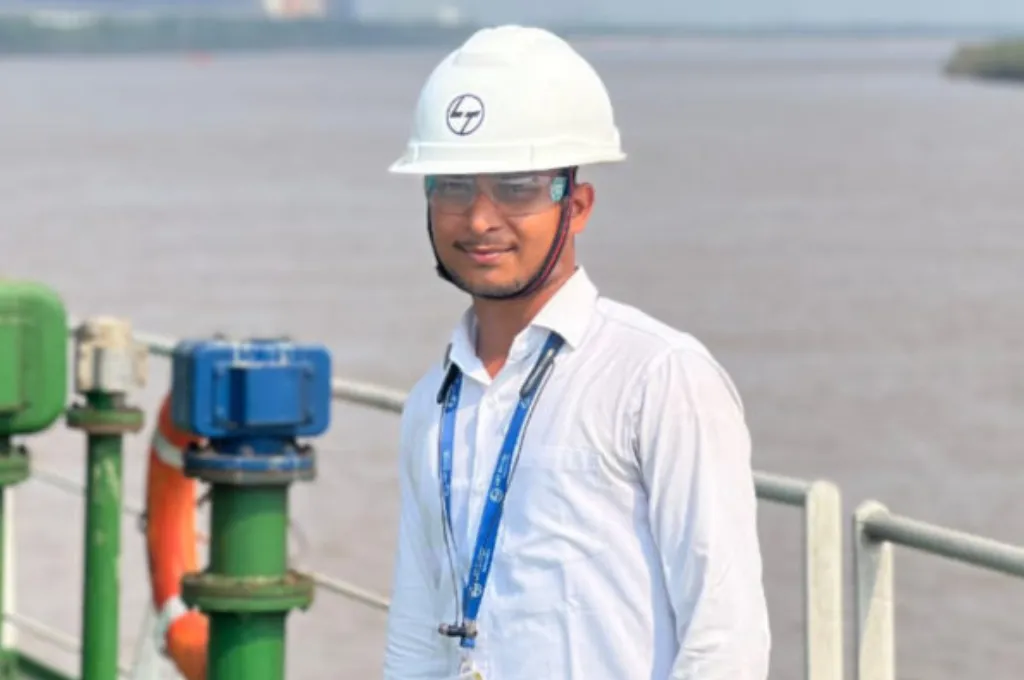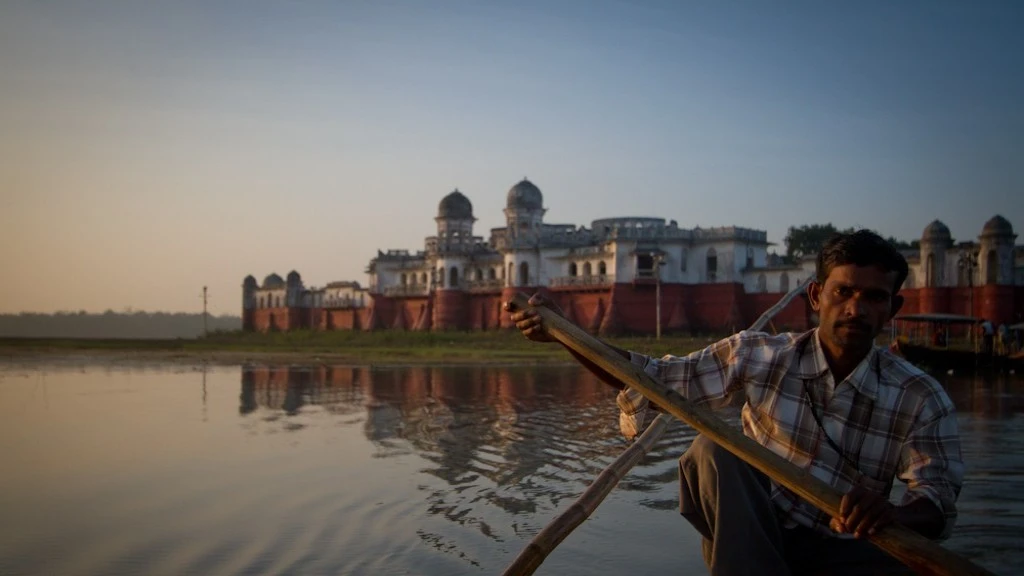According to India’s 2011 census, 365 million people in the country–nearly a third (30.1%) of the country’s population–are young people aged 10-24. Whether India achieves the Sustainable Development Goals, whether it achieves its population stabilisation objectives and whether it realises the advantage of its demographic dividend will depend on the nation’s investment in these young people.
Despite national attention to adolescent transitions, questions remain about whether programme investments are indeed evidence-informed and likely to be effective.
This article is based on a review 1 that synthesises the global and Indian evidence on what works and what is promising in improving schooling outcomes, enhancing employability, improving sexual and reproductive health outcomes, and empowering the young. Ten interventions stand out that have direct relevance for ongoing state- or national-level programmes, at different levels of readiness for replication and scale-up.

Promising models for future investment
Ready for replication and scale-up
Readiest for replication and scale-up are two interventions that have been shown to be effective in promoting adolescent wellbeing globally and/or in India. Both interventions focus on keeping adolescents in school and improving their learning outcomes.
1. Supplementary coaching (remedial education) and teaching at the right level
- What has worked: This has been shown, in multiple studies in different parts of the country (Andhra Pradesh, Bihar, Haryana and Uttar Pradesh) to improve learning outcomes among vulnerable students in primary school. Different models have been implemented: using trained community-based coaches, conducting coaching in the course of the school-day, holding after school or vacation camps for example.
- What is needed: Investments are needed to extend the programme to secondary school students, include additional topics, track impact on both learning outcomes and secondary school completion, and forge collaborations for programme implementation together with state governments.
2. Providing girls entering secondary school with bicycles to improve their physical accessibility to schools
- What has worked: It has proven successful in promoting secondary school enrolment and completion among girls in Bihar. The programme has been adapted and implemented in several states, and has potential for wider scale-up.
- What is needed: Scale and replication would be well informed by efforts to evaluate effects on school completion and later life outcomes, reach the most vulnerable girls, and track and learn from implementation challenges.
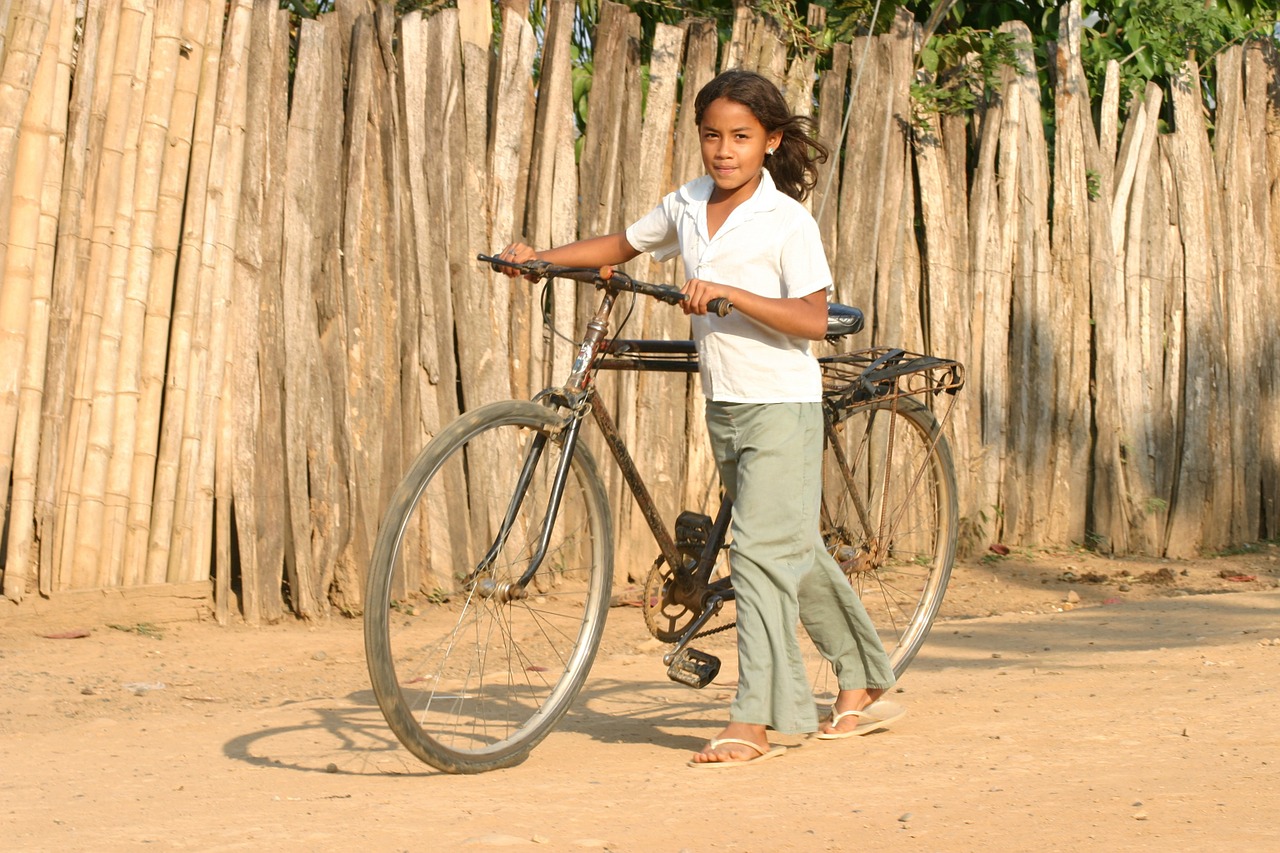
Related article: Using evaluation to identify the most vulnerable within adolescent populations
Need for adaptation and implementation
There are four interventions for which there is strong global evidence, but evidence from India suggests a need for modifications in programme design and content prior to scale-up. There is a programmatic rationale for developing these interventions based on evidence, given their inclusion in, or potential to be incorporated into, national programmes, such as the RKSK, SABLA/KSY, NYKS youth clubs, the AEP, as well as the National Skill Development Mission and other skilling initiatives.

1. Community-based gender transformative life skills education programmes
- What has worked: When implemented in small geographic settings using gender appropriate approaches and a variety of curricula, this approach has demonstrated positive effects on awareness and attitudes relating to sexual and reproductive health and violence as well as on the exercise of agency and contraceptive use.
- What is needed: Investment is needed to adapt available models, synthesising promising practices from India and elsewhere, and ensuring that content is age-appropriate, comprehensive and takes into account the unique risk profiles of both girls and boys.
2. Comprehensive sexuality education programmes delivered within school settings
- What has worked: This has consistently been shown to change attitudes and practices in the global evidence. In contrast, India’s school-based programme remains conservative in content and evaluation is limited.
- What is needed: There is a need to draw from internationally available experiences to assess curriculum modification, develop age-appropriate models, evaluate their effectiveness at the school level, and consider scaling them up in school systems across the country.
3. An exclusive focus on married girls
- What has worked: Several programmes in India have found that this approach holds promise for empowering and building life skills among them, as well as affecting contraceptive and pregnancy related outcomes, including, notably, enabling the married to practice contraception to delay the first pregnancy.
- What is needed: In view of their vulnerability and numbers, it would be appropriate to review, adapt and then scale these programmes to the subdistrict level in states with high rates of child marriage.
4. Combining skill training with other supporting activities
- What has worked: With regard to employability and transitions into work, the global evidence has shown that programmes that combine skills training with other supportive activities (such as soft skills and post-training support) lead to better outcomes than skills training alone.
- What is needed: Investment is needed to develop and test skilling models that impart softer skills and support trainees, especially women, in job placement and retention.
To be developed and evaluated
Four programmes that have been identified as holding promise for low- and middle-income countries have either not been implemented and tested in India, or have been included at scale in the RKSK programme but need to be better informed by the evidence.
1. Conditional cash transfer (CCT) programmes
- What has worked: Successful programmes in other countries have focused on improving schooling outcomes and have had short time horizons with payments made monthly or annually conditional on regular attendance. Such programmes have been shown to affect not only schooling outcomes but delayed marriage and childbearing as well. In contrast, CCT programmes in India tend to have very long-term pay-out horizons (for example when the child turns 18 and is unmarried) and few have been robustly evaluated.
- What is needed: There is a need to reshape CCT programmes in India, drawing on successful international models, and test models for immediate as well as long-term impacts.
2. Modifying socialisation practices and parent-child interaction?
- What has worked: Although the role of parents as key socialisers of adolescents is repeatedly acknowledged, there are hardly any interventions in India or other low- and middle-income countries that have aimed to modify parenting practices, making socialisation more gender-egalitarian and encouraging parent-child communication, especially about growing up issues. The few pilot programmes that have been implemented in other countries show promising results.
- What is needed: There is a need to develop, test and evaluate interventions that involve and engage parents through schools, as well as through livelihood training and health programmes for adolescents, using forums that are acceptable to and convenient for parents, and evaluate programme effects on both parents and adolescents.
3. Adolescent friendly health services
- What has worked: Evidence suggests that making services adolescent-friendly enhances adolescents’ connections to the health system and increases service use.
- What is needed: While RKSK stresses the need for the provision of adolescent friendly health services and adolescent friendly health clinics, far more work is needed to establish appropriate design, reach and effectiveness in the Indian setting. Investment is needed to test whether rmodels that are currently implemented are feasible, and how to establish optimal linkages between clinic-based services and outreach in schools and communities.
4. Peer educator programmes
- What has worked: Despite being largely unsuccessful in high income countries, research suggests they may have an effect in low and middle income countries, particularly on safe sex behaviours and use of health services.
- What is needed: The RKSK calls for the inclusion at scale of a peer educator component, and investment is needed to develop and test appropriate models in different parts of the country.
Related article: Taking the long-term view on adolescent health and well-being
Evaluating programme effectiveness
Programme evaluation must be rigorous. To understand the complexities and challenges of adolescent programming, we need well-designed evaluations that use robust counter factuals, as well as process documentation that tracks implementation challenges. Measurement issues also arise. It is very likely that programmes aiming to influence one outcome (for example schooling) will affect other dimensions of adolescent life as well (for example marriage and childbearing), and that effects of programmes focused on adolescence will show results many years in the future. However, programme evaluations have rarely made efforts to understand these multifaceted and/or longer-term programme effects.
Finally, translating what works in successful nonprofit pilots into scaled-up public sector programmes remains one of the most significant challenges in evidence-informed programming for adolescents and projects need to pay attention to potential scalability from the time they are conceptualised, rather than at their conclusion, and must conclude with a roadmap of what is feasible and what is effective.
Innovative pilots that are implemented with the engagement of government agencies are of course ideal, with potential for replicating promising lessons at scale.
In conclusion
Meeting the SDGs by 2030 will require sustained investment in health, education, skill building and preparation for employment, empowering young women and girls, and promoting gender-equitable attitudes and behaviours among India’s adolescents and youth. Governments and nonprofits must therefore be open to developing, testing and adopting new approaches to supporting adolescents to make a successful transition into adulthood.
- Entitled: Supporting transitions from adolescence to adulthood: Evidence informed leads for investment, supported by the Bill and Melinda Gates Foundation. Also available here.

